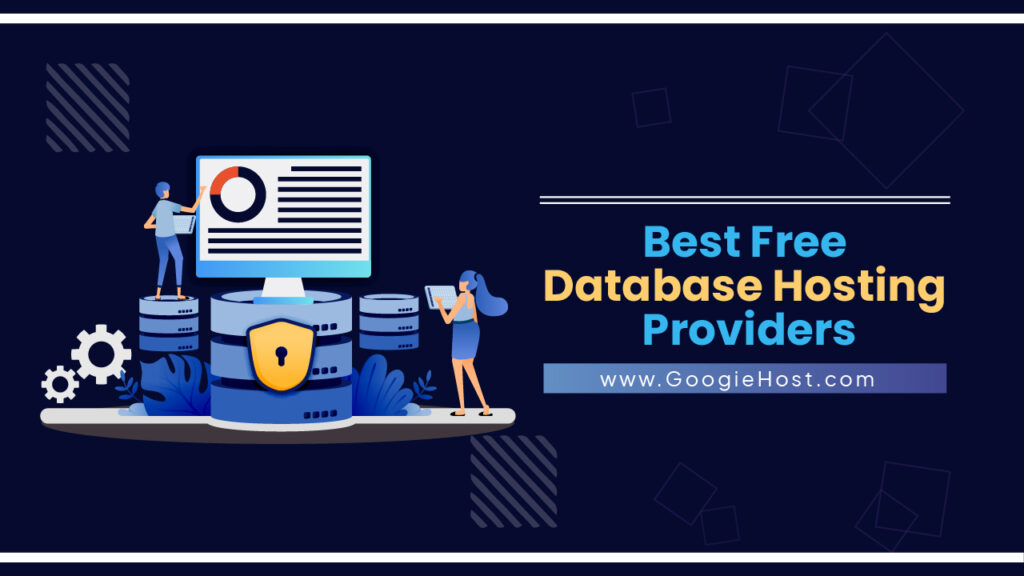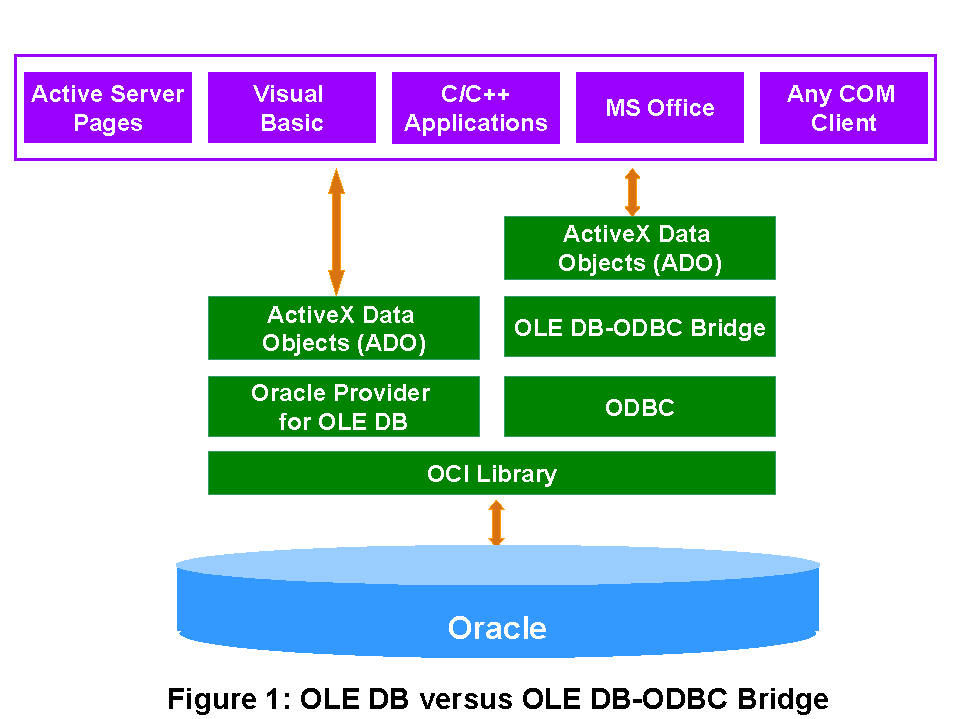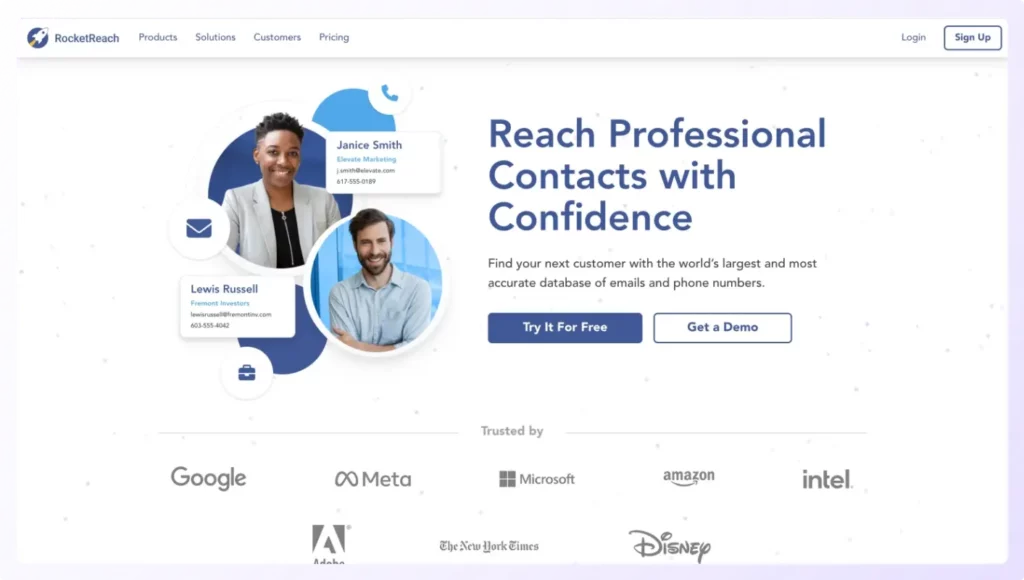Secret Attributes to Seek When Picking a Data Source Company
Choosing a data source company is a vital decision that can considerably impact your company's procedures and data monitoring technique. Among the crucial functions to think about are scalability alternatives, which make certain that your system can adapt to expanding demands.
Scalability Options
When choosing a data source service provider, comprehending scalability choices is vital to ensuring that the chosen remedy can fit future growth. Scalability describes the capacity of a data source system to increase its capability and performance in reaction to boosted need. There are two main types of scalability: straight and vertical.
Vertical scalability, or "scaling up," includes enhancing a single web server's sources, such as CPU, RAM, or storage. This method can be uncomplicated and cost-effective for smaller sized applications however may get to a restriction where additionally upgrades are also expensive or not practical.
Straight scalability, or "scaling out," includes adding much more servers to disperse the tons. This method permits greater adaptability and can suit considerable increases in information quantity and individual traffic (database provider). It is especially helpful for cloud-based database options that can dynamically allot sources based upon need

Protection Measures

When evaluating protection procedures, consider the execution of security protocols (database provider). Data-at-rest and data-in-transit encryption are important to make sure that sensitive info remains secured, even in the occasion of a safety and security violation. Furthermore, look for suppliers that use solid authentication mechanisms, such as multi-factor authentication (MFA), to further boost gain access to control
Normal protection audits and compliance with industry criteria, such as GDPR or HIPAA, are a sign of a supplier's dedication to information protection. Furthermore, ask about their case response plan; a robust plan can reduce the influence of any kind of prospective protection case.
Performance Metrics
Evaluating performance metrics is necessary for organizations to make certain that their chosen database provider fulfills functional requirements. Key efficiency metrics consist of feedback throughput, scalability, and time, which collectively figure out the effectiveness of data source operations under varying tons.
Feedback time is critical, as it reflects exactly how promptly the data source can process questions and return results. Organizations ought to seek metrics that show typical response times during peak and off-peak hours. Throughput, usually gauged in deals per second (TPS), provides insight right into the database's capacity to handle high volumes of requests without performance destruction.
Scalability examines the database's ability to grow with the company's demands. A robust data source provider should show upright and straight scaling capabilities, permitting smooth modifications as needs fluctuate. more helpful hints Additionally, recognizing latency, particularly in dispersed systems, can aid organizations evaluate the responsiveness of the database across different geographical areas.
Client Assistance
Reputable customer support is a keystone of effective data source monitoring, providing organizations with the assistance needed to settle concerns and maximize efficiency. When choosing a database service provider, assessing the level of client assistance they provide is important. A robust support group must include multiple channels of communication, such as phone, e-mail, and live conversation, ensuring that customers can access assistance whenever they require it.
Additionally, receptive support groups that are offered 24/7 greatly boost the dependability of the data source solution. Prompt reaction times and effective resolution of concerns can considerably lower downtime and boost overall efficiency. It is likewise beneficial to think about the schedule of committed support workers, who can offer tailored assistance based on a company's certain requirements.

Rates Framework
When considering a database service provider, the prices framework is a critical element that can substantially affect a company's spending plan and total Homepage approach. A clear and versatile pricing model is necessary for lining up the database sets you back with company needs - database provider. Organizations must examine whether the prices is based on intake, per individual, or a flat rate, as each version can produce different economic implications in time
It is important to examine any type of extra prices related to the provider's solutions, such as data storage space charges, deal prices, and support costs. Some companies may supply tiered rates, permitting scalability as the organization expands, while others might impose rigorous limits that can end up being expensive as information requirements increase.
Moreover, companies should consider the lasting worth of the data source option. While lower preliminary costs can be appealing, they might not make up future upgrades, upkeep charges, or integration costs. Performing a thorough cost-benefit analysis will help recognize the most suitable pricing structure that balances performance, support, and scalability, eventually ensuring that the chosen database service provider straightens with the organization's operational and economic goals.
Conclusion
Finally, selecting a data source company necessitates cautious factor to consider of various critical attributes. Scalability alternatives guarantee flexibility to future growth, while robust safety actions safeguard delicate details. Evaluating performance metrics makes it possible for the identification of efficient databases, and obtainable consumer support enhances the total customer experience. A clear rates structure better adds to notified decision-making. By extensively examining these variables, companies can make critical selections that align with their long-lasting goals and functional needs.
Picking a data source service provider is an important decision that can dramatically impact your company's operations and data monitoring strategy.When selecting a database copyright, comprehending scalability options is critical to guaranteeing that the picked service can published here suit future development. When picking a data source company, reviewing the level of consumer assistance they offer is crucial.When taking into consideration a data source supplier, the prices framework is an essential element that can significantly influence a company's budget and overall technique. Performing a detailed cost-benefit analysis will certainly aid recognize the most ideal rates structure that stabilizes performance, scalability, and assistance, ultimately ensuring that the picked data source copyright straightens with the organization's financial and functional purposes.